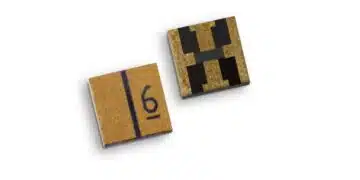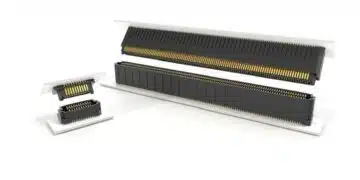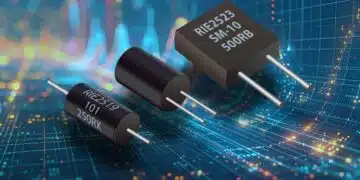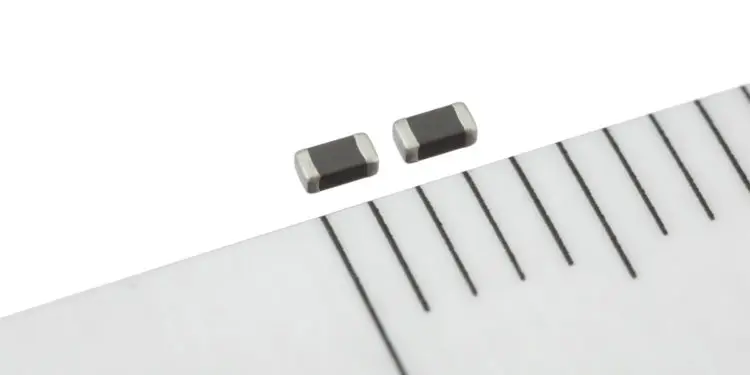TDK Corporation expanded the MAF series of noise suppression filters with two new MAF1608GAD-L types that are designed for audio lines.
The new multilayer filters have a compact footprint of just 1.6 x 0.8 mm and an insertion height of just 0.6 mm and are able to suppress noise at cellular frequencies from 1 GHz and Class D amplifier noises and ensure high attenuation quality. They offer rated currents of 3.2 and 2.3 A, respectively, and low DC resistances of typically just 0.021 and 0.045 Ω. Their impedance at 900 MHz is 120 and 200 Ω, respectively. Thanks to their low DC resistance and high rated current of more than 2 A, the new components are especially suitable for smart speakers and external speakers for tablets that require power levels of 2 W or higher as well as for headphones and microphones. Mass production began in December 2019.
The MAF series, including the new MAF1608GAD-L types, use a low-distortion ferrite material, which very effectively suppresses noise. These filters in the speaker line thus significantly improve reception sensitivity and solve the problem of sound quality degradation that occurs when using conventional chip beads. The new components complement the MAF1005GAD types for headphones and the microphone lines of smartphones. TDK will continue to expand its portfolio to respond to the needs for noise reduction and high audio quality.
Main applications
- Smart speakers, external speakers for tablets, headphones and microphones
Main features and benefits
- Low-distortion ferrite material effectively suppresses noise and enables low audio distortion
- High rated current of 2 A or higher enables use in smart speakers and external speakers
Key data
| Type | Typ. Impedance at 900 MHz [Ω] | Typ. DC resistance [Ω] | Max. DC resistance [Ω] | Rated current [A] |
|---|---|---|---|---|
| MAF1608GAD121L- | 120 | 0.021 | 0.027 | 3.2 |
| MAF1608GAD201L | 200 | 0.045 | 0.059 | 2.3 |































